Prithviraj Chauhan: A Historical Perspective
Early Life and Background
Prithviraj Chauhan was born in 1166 AD. He was a member of the Chauhan dynasty, which ruled parts of northern India. His father was Someshwar Chauhan and grandfather was Ajayraj Chauhan, both famous Rajput kings of their time. Prithviraj was raised in the city of Ajmer, which was an important cultural and political center in his time.
Beginning of rule
Prithviraj took over the throne of Ajmer and Delhi after the death of his father around 1178 AD. His reign is remembered for his military proficiency, political acumen, and support for arts and literature. He was also a patron of the poet Chandbardai, who wrote the epic poem “Prithviraj Raso” describing Prithviraj’s valor and bravery.
Wars and Major Conflicts
- First Battle of Tarain (1191 AD):
- Prithviraj Chauhan’s most important military encounter was with Mohammad Ghori, the ruler of the Ghori Empire. The first battle was fought near Tarain (present-day Tarain in Haryana). In this battle, Prithviraj defeated Mohammad Ghori and thus gave him a major blow. This victory demonstrated Prithviraj’s military capabilities and proved his valor.
- Second Battle of Tarain (1192 AD):
- The following year, Mohammad Ghori returned with a larger army and fought again. This time, despite Prithviraj’s initial successes, Ghori’s army prevailed. The reasons for Prithviraj’s defeat included betrayal by some of his allies and the better warfare tactics adopted by Ghori. This battle proved to be a turning point and marked the beginning of Ghori’s dominance in North India.
Capture and death
- After his defeat, Prithviraj Chauhan was captured by Muhammad Ghori. Historical sources have varied details about his death, but most stories say that he was executed in 1192 AD. According to some accounts, he was blinded and imprisoned and then died.
- According to legends, Prithviraj demanded a bow and arrow before his death and killed Ghori in his last attempt. However, this is mostly based on legends and lacks historical evidence.
Legacy
Prithviraj Chauhan is remembered as a symbol of Rajput valor and bravery. His life and deeds have been immortalized in various literary works and folklore, Prithviraj’s story symbolizes a historical era, which marked the transition from regional kingdoms to central power. His legacy lives on in Indian cultural and historical memory.
पृथ्वीराज चौहान: एक ऐतिहासिक दृष्टिकोण
प्रारंभिक जीवन और पृष्ठभूमि
पृथ्वीराज चौहान का जन्म 1166 ईस्वी में हुआ था। वे चौहान वंश के सदस्य थे, जो उत्तरी भारत के हिस्सों पर शासन करते थे। उनके पिता सोमेश्वर चौहान और दादा अजयराज चौहान थे, जो अपने समय के प्रसिद्ध राजपूत राजा थे। पृथ्वीराज का पालन-पोषण अजमेर शहर में हुआ, जो उनके समय में एक महत्वपूर्ण सांस्कृतिक और राजनीतिक केंद्र था।
शासन की शुरुआत
पृथ्वीराज ने 1178 ईस्वी के आसपास अपने पिता की मृत्यु के बाद अजमेर और दिल्ली की गद्दी पर कब्जा किया। उनके शासनकाल को उनकी सैन्य दक्षता, राजनीतिक समझ और कला एवं साहित्य के प्रति समर्थन के लिए याद किया जाता है। वे कवि चंदbardai के patron भी थे, जिन्होंने पृथ्वीराज के शौर्य और वीरता का वर्णन करते हुए “पृथ्वीराज रासो” नामक महाकाव्य लिखा।
युद्ध और प्रमुख संघर्ष
- पहला तराइन युद्ध (1191 ईस्वी):
- पृथ्वीराज चौहान की सबसे महत्वपूर्ण सैन्य मुठभेड़ मोहम्मद घोरी के साथ थी, जो ग़ोरी साम्राज्य के शासक थे। पहला युद्ध तराइन (वर्तमान में हरियाणा में तराइन) के पास लड़ा गया। इस युद्ध में पृथ्वीराज ने मोहम्मद घोरी को पराजित किया और इस प्रकार उसे एक बड़ा झटका दिया। इस जीत ने पृथ्वीराज की सैन्य क्षमताओं को दर्शाया और उनकी वीरता को सिद्ध किया।
- दूसरा तराइन युद्ध (1192 ईस्वी):
- अगले वर्ष, मोहम्मद घोरी ने बड़ी सेना के साथ लौटकर फिर से युद्ध किया। इस बार, पृथ्वीराज की प्रारंभिक सफलताओं के बावजूद, घोरी की सेना ने विजय प्राप्त की। पृथ्वीराज की हार के कारणों में उनके कुछ सहयोगियों द्वारा धोखा और घोरी द्वारा अपनाए गए बेहतर युद्धकৌশल शामिल थे। यह युद्ध एक महत्वपूर्ण मोड़ साबित हुआ और उत्तर भारत में ग़ोरी के वर्चस्व की शुरुआत हुई।
पकड़ और मृत्यु
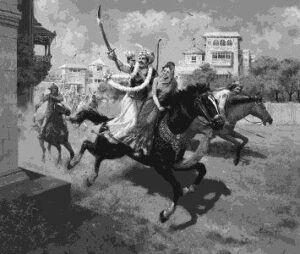
- अपनी हार के बाद, पृथ्वीराज चौहान को मोहम्मद घोरी द्वारा पकड़ा गया। ऐतिहासिक स्रोतों में उनकी मृत्यु के बारे में विभिन्न विवरण हैं, लेकिन अधिकांश कहानियाँ कहती हैं कि उन्हें 1192 ईस्वी में मृत्युदंड दिया गया। कुछ विवरणों के अनुसार, उन्हें अंधा करके जेल में डाला गया था और फिर उनकी मृत्यु हो गई।
- किंवदंतियों के अनुसार, पृथ्वीराज ने अपनी मृत्यु से पहले एक धनुष और बाण की मांग की और अपने अंतिम प्रयास में घोरी को मारा। हालांकि, यह अधिकतर किंवदंतियों पर आधारित है और ऐतिहासिक प्रमाणों की कमी है।
विरासत
पृथ्वीराज चौहान को राजपूत वीरता और शौर्य के प्रतीक के रूप में याद किया जाता है। उनकी जिंदगी और कर्म विभिन्न साहित्यिक कार्यों और लोककथाओं में अमर हो गए हैं, पृथ्वीराज की कहानी एक ऐतिहासिक युग का प्रतीक है, जिसमें क्षेत्रीय राज्यों से लेकर केंद्रीय सत्ता तक की स्थिति में बदलाव दर्शाया गया है। उनकी विरासत भारतीय सांस्कृतिक और ऐतिहासिक स्मृति में जीवित रहती है।
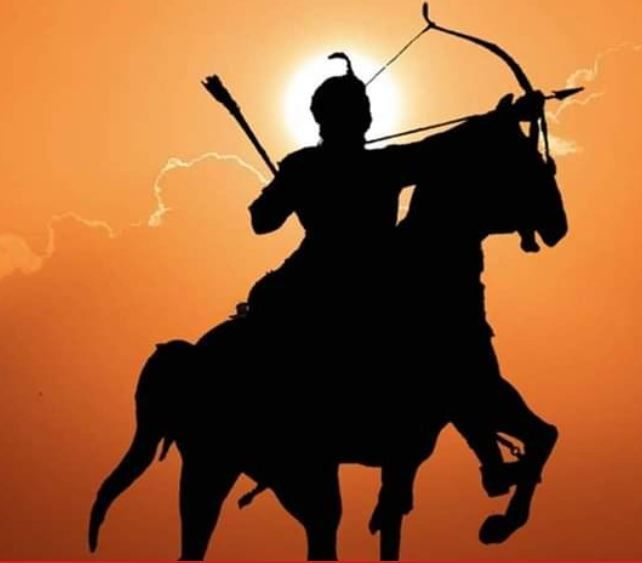
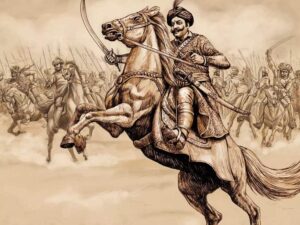
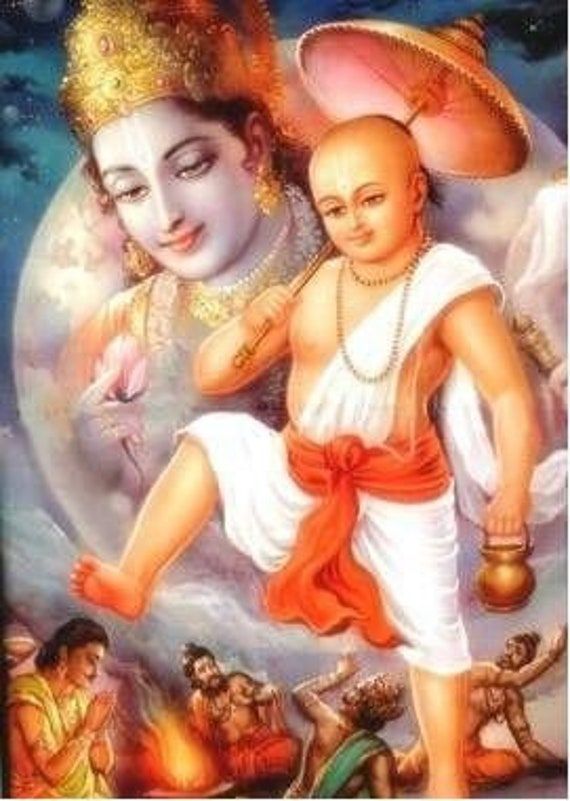
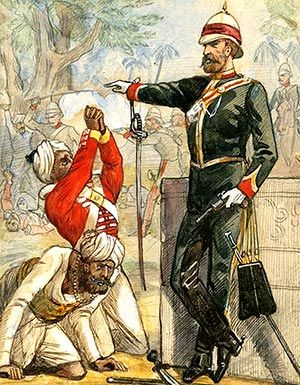

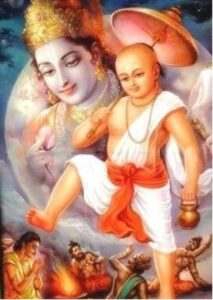
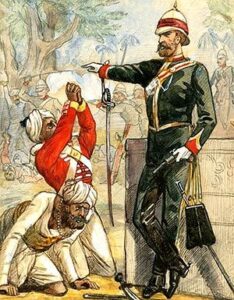
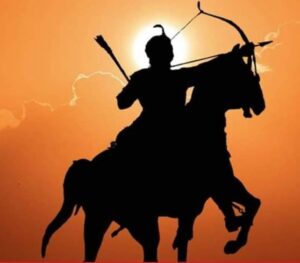
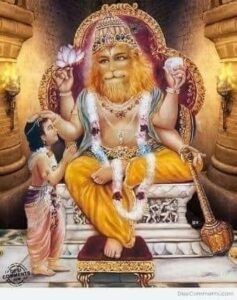

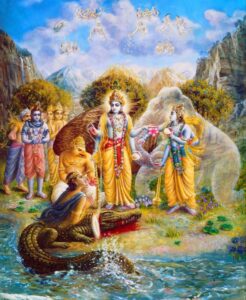
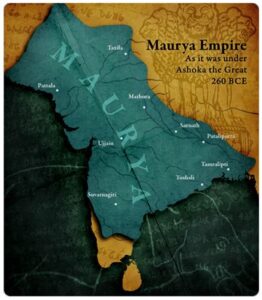
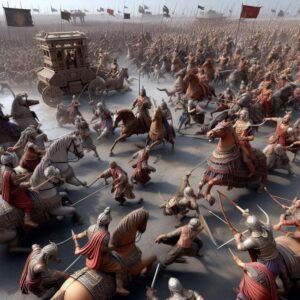

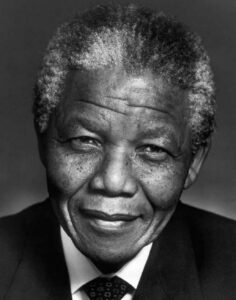
Post Comment